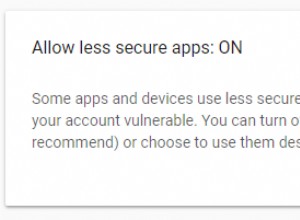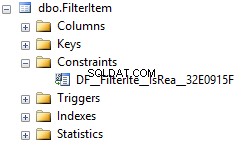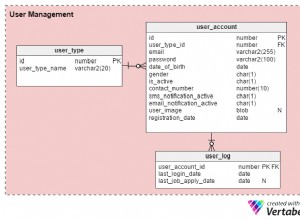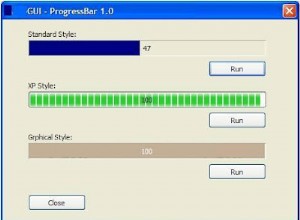Direkt aus dem PHPExcel Date Handling Code übernommen:
public static function ExcelToPHP($dateValue = 0) {
if (self::$ExcelBaseDate == self::CALENDAR_WINDOWS_1900) {
$myExcelBaseDate = 25569;
// Adjust for the spurious 29-Feb-1900 (Day 60)
if ($dateValue < 60) {
--$myExcelBaseDate;
}
} else {
$myExcelBaseDate = 24107;
}
// Perform conversion
if ($dateValue >= 1) {
$utcDays = $dateValue - $myExcelBaseDate;
$returnValue = round($utcDays * 86400);
if (($returnValue <= PHP_INT_MAX) && ($returnValue >= -PHP_INT_MAX)) {
$returnValue = (integer) $returnValue;
}
} else {
$hours = round($dateValue * 24);
$mins = round($dateValue * 1440) - round($hours * 60);
$secs = round($dateValue * 86400) - round($hours * 3600) - round($mins * 60);
$returnValue = (integer) gmmktime($hours, $mins, $secs);
}
// Return
return $returnValue;
} // function ExcelToPHP()
Legen Sie nach Bedarf self::$ExcelBaseDate ==self::CALENDAR_WINDOWS_1900 fest, um den Excel-Basiskalender anzugeben, den Sie verwenden:Windows 1900 oder Mac 1904 ... höchstwahrscheinlich 1900
und wenn Sie stattdessen ein PHP-DateTime-Objekt möchten:
public static function ExcelToPHPObject($dateValue = 0) {
$dateTime = self::ExcelToPHP($dateValue);
$days = floor($dateTime / 86400);
$time = round((($dateTime / 86400) - $days) * 86400);
$hours = round($time / 3600);
$minutes = round($time / 60) - ($hours * 60);
$seconds = round($time) - ($hours * 3600) - ($minutes * 60);
$dateObj = date_create('1-Jan-1970+'.$days.' days');
$dateObj->setTime($hours,$minutes,$seconds);
return $dateObj;
} // function ExcelToPHPObject()




